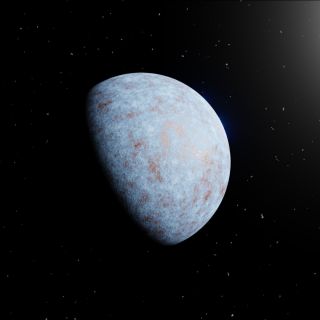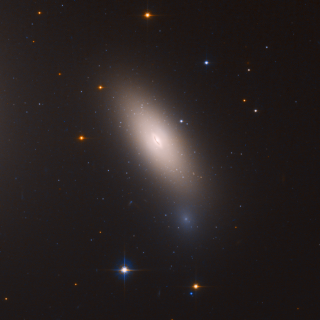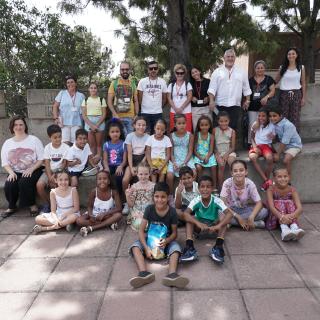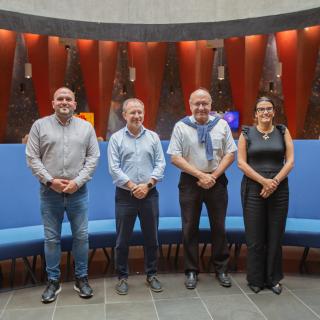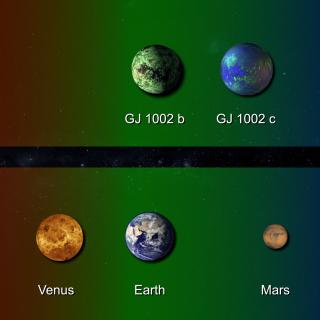
Red dwarfs are the most common stars in the galaxy. In recent years they have become key targets in the search for exoplanets. These stars are usually accompanied by rocky planets and due to their low brightness, their habitable zone is close to the star, making it easier to find planets that are within it. GJ 1002 is a red dwarf just one-eighth the mass of the Sun, located only 15.8 light-years away. Using radial velocity measurements from the ESPRESSO and CARMENES spectrographs, we have discovered the presence of two Earth-like and potentially habitable planets. The planets, GJ 1002 b and
Advertised on
